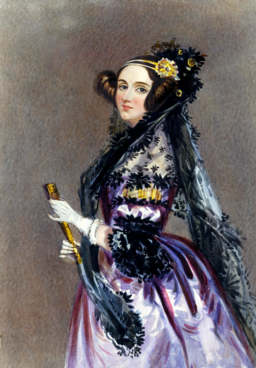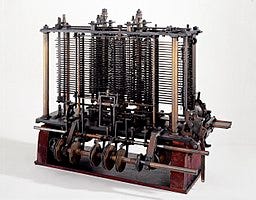The Remarkable Legacy of Ada Lovelace: The First Computer Programmer
Written on
Chapter 1: Early Life and Influences
Ada Lovelace, known for her significant contributions to mathematics, was born on December 10, 1815, in London. Her parents were poet Lord Byron and Annabella Milbanke. Their turbulent marriage was marked by Lord Byron's erratic behavior, which led Annabella to flee with Ada. They legally divorced in February 1816, and Lord Byron left England shortly thereafter.
Annabella Milbanke, a highly intelligent self-taught mathematician, was often ridiculed by Byron, who referred to her as “the princess of parallelograms.” After her father's death when Ada was just nine, Annabella became determined to steer her daughter away from any potential inherited mental instability by encouraging her interest in mathematics and the sciences. With her wealth, Annabella hired private tutors, including William Frend for the humanities and Mary Somerville for science, who played a pivotal role in Ada's education, guiding her in designing flying machines and boats.
Annabella was also a passionate philanthropist, particularly concerned with social issues like slavery. She actively supported abolitionist causes, using her resources to aid enslaved individuals seeking freedom in the UK.
In 1833, Ada's life took a significant turn when she met Charles Babbage, a mathematician renowned for his theoretical designs of machines capable of performing complex calculations. Their friendship blossomed, with Babbage becoming a mentor to Ada.

Chapter 2: Personal Life and Relationships
Despite never knowing her father, Lord Byron's legacy cast a long shadow over Ada's life. After leaving England, he resided at Lake Geneva, where he entertained friends, including the Shelleys. During this time, Mary Shelley wrote her famous novel, Frankenstein. Byron's brief affair with Claire Clairmont resulted in the birth of a daughter, Allegra, who tragically died young.
At 19, Ada married William King-Noel, who was ten years her senior. Together, they had three children, and despite her mother's admonitions against her father's influence, Ada named her sons Byron and Gordon, and her daughter Anne. Notably, she expressed her desire to be buried alongside her father, a wish that was honored.

Chapter 3: A Trailblazer in Computing
In 1842, Ada’s extraordinary intellect was recognized when she was invited to translate and annotate a French article detailing the potential applications of Babbage's analytical engine. Her annotations were significantly more extensive than the original text, comprising what is often regarded as the first computer program. She devised an algorithm intended for execution by the analytical machine.
Ada's vision extended beyond mere calculations; she foresaw computers being useful for a variety of applications. While contemporaries like Babbage focused solely on mathematical uses, Ada’s insights laid the groundwork for future innovations in computing.
Tragically, both Ada and Babbage passed away before realizing their dreams. Ada succumbed to uterine cancer at 36, yet their contributions to computer science remain honored and celebrated by historians.

Explore the life of Ada Lovelace in this video: "The First Computer Programmer: Ada Lovelace | STEM Loft EP. 5".
Learn about Ada Lovelace’s inspiring journey in "Meet Ada Lovelace: The Inspiring Journey of the First Computer Programmer".